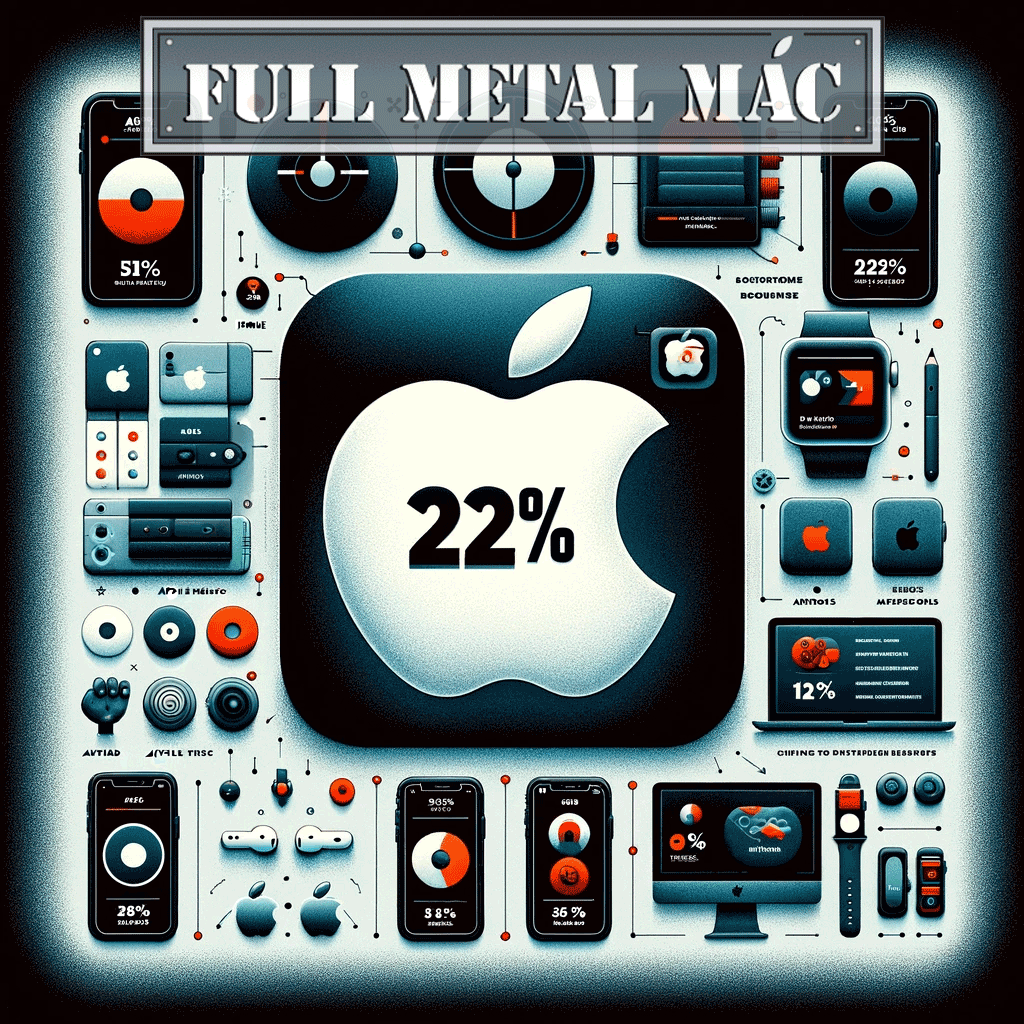The architecture of Apple’s ecosystem is renowned for its seamless integration and optimization across a network of devices, software, and services. This includes products like the iPhone, iPad, Apple Watch, and HomePod, among others. The ecosystem is designed to unlock additional features when Apple products are used together, setting a high standard for privacy and often using this as their competitive edge.
The term “walled garden” frequently describes the Apple ecosystem, indicating a closed system that promotes a complementary integration of peripherals like AirPods, HomePods, and AirTags within its environment. This design, while enhancing the user experience within the ecosystem, also tends to discourage users from leaving due to the interconnected nature of Apple’s products and services.
Apple’s focus on creating an interconnected environment extends to their new offerings, where hardware and services are not only designed to work better together but also emphasize user privacy and a streamlined user experience. This approach has been a cornerstone of Apple’s product strategy, fostering brand loyalty and creating a distinct user base that appreciates the unified experience that Apple offers.

In 2023, Apple generated $383.2 billion in revenue, with the iPhone being the largest contributor, accounting for 52% of the total revenue. The Services division was the second-largest, responsible for 22% of the revenue. Despite a slight decline of 3.6% in the home and wearables division, Apple still sold significant volumes of its hardware, with 232 million iPhones, 61 million iPads, and 26 million Mac and MacBook units sold in 2022. Additionally, Apple Music and Apple TV+ have seen considerable growth in subscribers, with 88 million and over 75 million subscribers, respectively.

